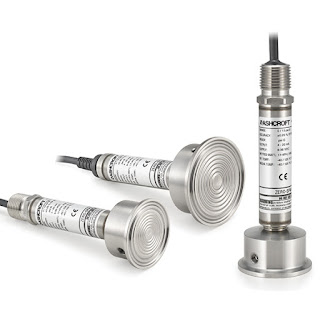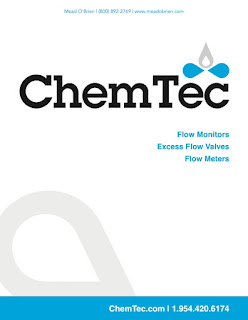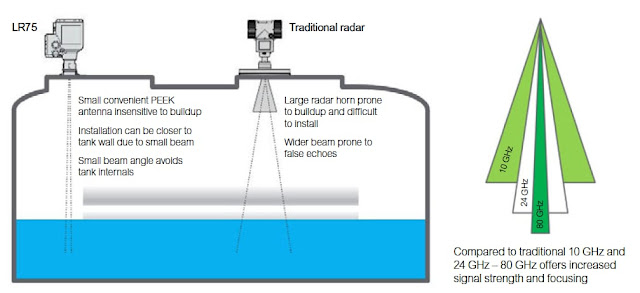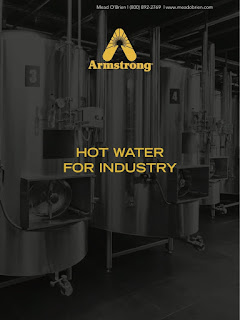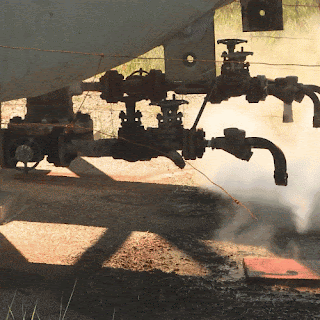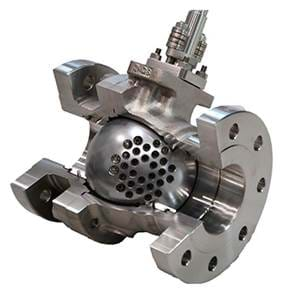 |
Cutaway of specialized ball valve with characterized
ball for control valve applications. (Neles) |
A ball valve is a 90 degree rotational motion valve that uses a metal or ceramic ball with a hole through its center to stop or start fluid flow. The ball, shown below in Figure 1, opens and closes to allow fluid flow through the ball valve. When the valve handle or stem is turned to open the valve, the ball rotates to a point where the hole in the ball is parallel with the valve body inlet and outlet. When the valve is shut, the ball is rotated so that the ball's hole is perpendicular to the inlet and outlet of the valve body and the flow is stopped.
Most
ball valve actuators are of the quick-acting type, which require a 90° turn of the valve handle or stem to operate the valve. Other ball valve actuators are planetary gear-operated manual,
electrically operated motors, or
pneumatic piston type. All actuators provide the necessary operating force to open and close valves.
 |
| Figure 1 |
Ball Valve Advantages
A ball valve is often the least expensive of any industrial valve configuration and has low maintenance costs. In addition to quick, quarter turn on-off operation, ball valves are compact, require no lubrication, and give tight sealing with low torque.
Ball Valve Disadvantages
Conventional industrial ball valves have relatively poor throttling characteristics (except when using a characterized ball, as shown above). A standard ball valve when in throttling position will fail because of because of the impingement of high velocity flow and the erosive effect on the partially exposed seat.
Ball Valve Port Patterns
Ball valves are available in the venturi, reduced, and full port pattern. The full port pattern has a ball with a bore equal to the inside diameter of the pipe.
Ball Valve Materials
Balls are usually metallic in metallic bodies with trim (seats) produced from "soft" seats referring to the elastomeric materials used such as PTFE (100% Virgin Polytetrafluoroethylene), RTFE (Reinforced Teflon®), TFM, CTFE, Polychlorotrifluoroethene, Polyether Ether Ketone, and UHMWPE. Care must be used in the selection of the seat material to ensure that it is compatible with the materials being handled by the valve.Ball valve bodies may also be made of various plastic materials for corrosive applications.
Ball Valve Stem Design
The stem in a ball valve is not fastened to the ball. It normally has a rectangular portion at the ball end which fits into a slot cut into the ball. The enlargement permits rotation of the ball as the stem is turned.
Ball Valve Bonnet Design
A bonnet cap fastens to the body, which holds the stem assembly and ball in place. Adjustment of the bonnet cap permits compression of the packing, which supplies the stem seal. Packing for ball valve stems is usually in the configuration of die-formed packing rings normally of TFE, TFE-filled, or TFE-impregnated material. Some ball valve stems are sealed by means of O-rings rather than packing.
Ball Valve Position
Some ball valves are equipped with stops that permit only 90° rotation. Others do not have stops and may be rotated 360°. With or without stops, a 90° rotation is all that is required for closing or opening a ball valve.
The handle indicates valve ball position. When the handle lies along the axis of the valve, the valve is open. When the handle lies 90° across the axis of the valve, the valve is closed. Some ball valve stems have a groove cut in the top face of the stem that shows the flowpath through the ball. Observation of the groove position indicates the position of the port through the ball. This feature is particularly advantageous on multiport ball valves.
For more infomration about industrial ball valves, contact
Mead O'Brien by calling
(800) 892-2769 or visit their website at
https://meadobrien.com.
